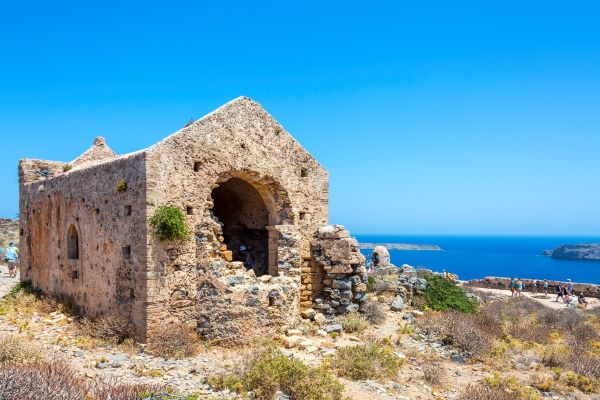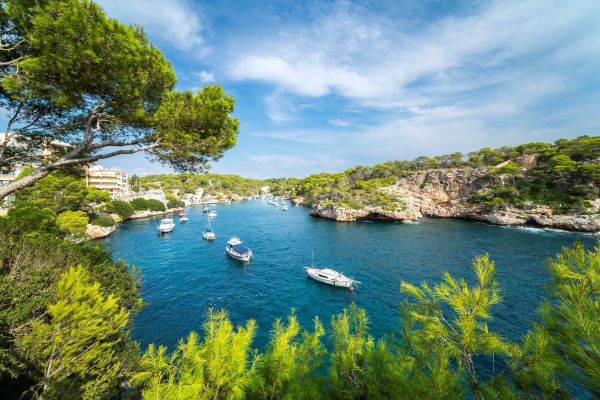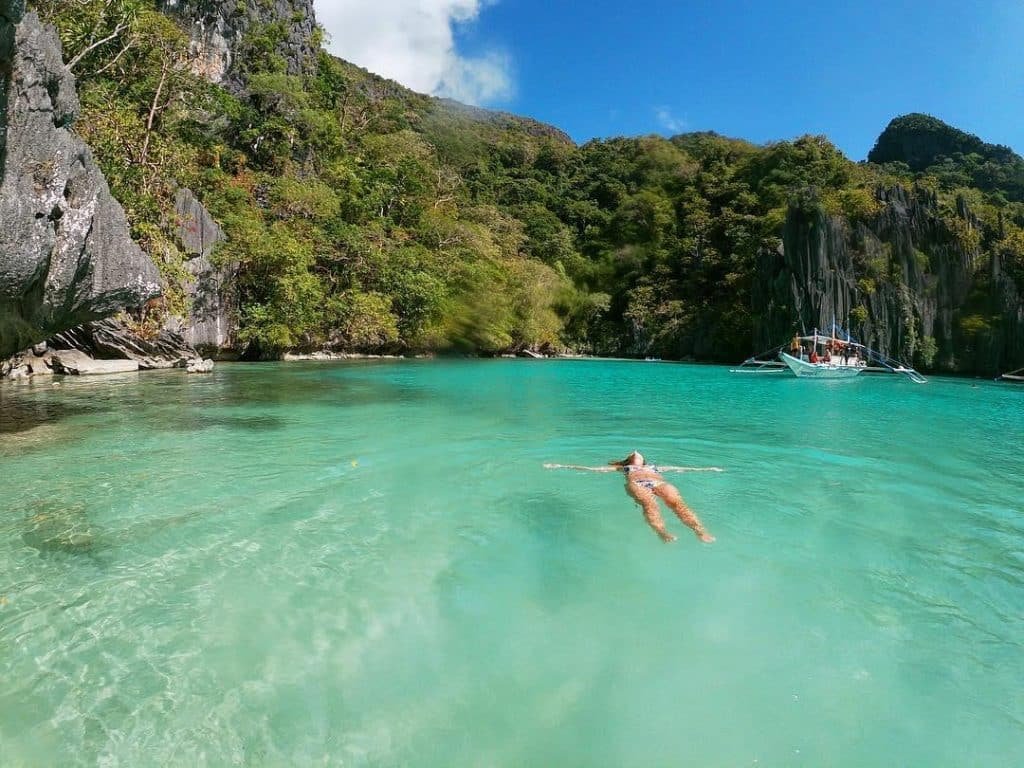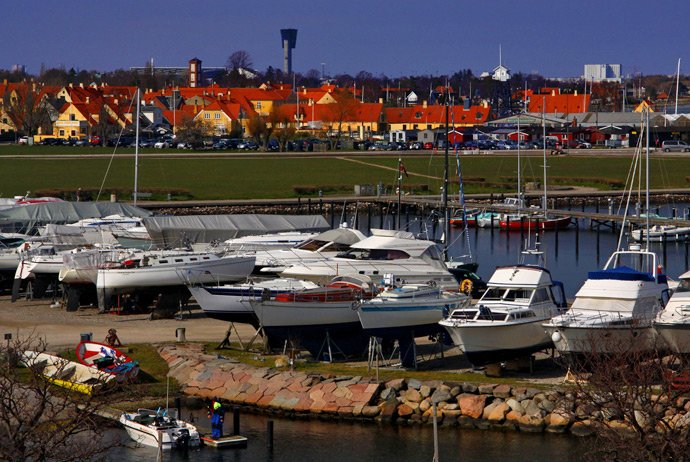If beach and culture holidays are your thing, then we’ve got the best destinations for you to enjoy stay that combines relaxation with art and heritage.
There are plenty of seaside resorts with beautiful beaches. And lots of cities rich in art and history. But if you’re looking for a destination that combines both crystal clear seas and a rich cultural past, then the choices are a bit more limited. That’s why we’ve selected three destinations where you can spend a wonderful holiday flitting between the beach and cultural sites, places where you won’t miss out on anything.Read on to discover them all:1. Crete, Greece
The largest and most populous island in Greece is a fascinating destination. With paradisiacal beaches, exotic landscapes, archaeological sites and craggy gorges, Crete ticks all the boxes. Many holidaymakers make a beeline Heraklion, the island’s capital. It’s atmospheric and packed with things to do. It was here that ancient Minoa, Europe’s first documented civilisation, was born. The city’s fortress and arsenal, the famous Morosini fountain, the Archaeological Museum and the Palace of Knossos are all must-visits if you love history.
Chania is another important city in Crete, and many say it is also the island’s most beautiful. It’s best known for its Venetian port, where you can admire the historic lighthouse and watch beautiful sunsets. Among the many points of interest in Chania are the Mosque of the Janissaries and the medieval Venetian walls, the historic centre, which is a UNESCO World Heritage Site, and the Kasteli district, where ruins from the Minoan era have been found.

Balos, Falassarna and Elafosini are the three most famous beaches on the island and are located west of Chania. Thanks to clean waters, fine sand and a relaxed atmosphere, these beaches have nothing to envy those of the Caribbean. And if you want to go hiking, be sure to walk the 16km-long Samaria Gorge. It starts at 1,000 metres above sea level and slopes down into the sea at the hamlet of Agia Roumeli. A refreshing dip is a must after such a trek.
2. Holbox, Mexico
Located just north of the state of Quintana Roo, within the Yum Balam Ecological Reserve, Holbox is a small island with a big reputation. Considered a perfect destination for those seeking complete relaxation, Holbox is very laidback. The best means of transport are bicycles and golf carts – it’s 40km long but just 2km wide. Cars are not allowed, and not needed. Compared to Cancun or Isla Mujeres, there are far fewer visitors, which is why some consider Holbox to be the Yucatan’s true hidden gem.
The main attraction is its beaches, which cover most of the northern coastline. They are truly heavenly, with calm, warm waters and colours ranging from turquoise to emerald-green. The most striking stretches of coast are those to the east, towards Punta Mosquito. This is where hundreds of whale sharks breed between May and June. And a special mention goes out to the phenomenon of bioluminescence that occurs on the island – microorganisms present in the water make it shine at night. Take a kayak or paddle excursion to admire this magical scene. All these attributes have seen Holbox declared a Flora and Fauna Protection Area.

And then there’s the cultural side, which throughout the region is fascinating. Nearby are the ancient Maya cities of Tulum and Chichen Itza. From Holbox you can take the ferry to Chiquila, and from there head Mexico’s two most famous archaeological sites. An unmissable experience that’s a staple in travel wishlist.
3. Majorca, Spain
The capital of the Balearic Islands is Palma, which is located on the island of Majorca. A city packed with attractions that draw visitors from all over the world. The main monument is the cathedral, known locally as ‘La Seu’, a huge Gothic masterpiece overlooking the Mediterranean. The stained-glass windows, the side chapels, the columns, the ornate portal and all the other architectural details are a feast for the eyes. The cathedral even had a refit by legendary Barcelona architect Antoni Gaudi, who added his unmistakable touch. Another must-see attraction is the Almudaina Palace across the road. Originally built by the Romans, its current design dates from 1309 when King James II made it his royal palace. To this day it remains one of the official residences of the Spanish royal family. Other unmissables in Palma included the Gothic Bellver Castle, built in the 14th century with a circular plan, and the historic centre, with its mazy Moorish alleys. Lose yourself in this labyrinth of ancient streets and fall in love with every corner.

And then there are Majorca’s beaches, which are world-class. Choose a secluded pine-shaded cove washed by translucent waters or one of the endless stretches of blond sand backed by dunes lolled by cream-topped waves. Platja de Muro, on the north coast, is one of the most famous beaches on the island. It’s quite surfy but its shallow turquoise waters make it popular for those traveling with children. Sa Calobra, on the other hand, is a setting worthy of a movie, a hard-to-reach beach that can be accessed either by boat or after a long trek through a wild, boulder-strewn gorge. It’s a real adventure. Among the island’s many cove, the ones we prefer are Cala Mondragó and Cala s’Amarador, which are opposite each other, and Cala Llombards.

